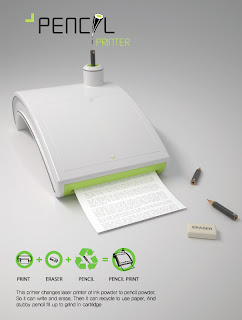The greatest innovations are the ones we take for granted these days, like light bulbs, refrigeration and penicillin. But in a world where the miraculous very quickly becomes commonplace, how can a company maintain a spirit of innovation year after year?
Every company once faces the classic innovator’s dilemma: should we invest in brand new products, or should we improve existing ones? Even a company as big as Google once comes to face this dilemma. That is why they have picked up eight principles of innovation along to way, to guide them.
1. Have a mission that matters
Work can be more than a job when it stands for something you care about. Create the potential to touch many lives!
2. Think big but start small
No matter how ambitious the plan, you have to roll up your sleeves and start somewhere.
3. Strive for continual innovation, not instant perfection
Our iterative process often teaches us invaluable lessons. Act on feedback! It’s much better to learn these things early and be able to respond than to go too far down the wrong path.
4. Look for ideas everywhere
Some of the best ideas are sparked just like that – when taking a break on a random afternoon and start talking with others about things that excite them.
5. Share everything
By sharing everything that’s going on within the company and why decisions are made, you encourage the discussion, exchange and re-interpretation of ideas, which can lead to unexpected and innovative outcomes.
6. Spark with imagination, fuel with data
Believe the impossible can become a reality! What begins with intuition is fueled by insights. Data can either back up your instincts or prove them totally wrong.
7. Be a platform
Believe strongly in the power of open technologies. They enable anyone, anywhere, to apply their unique skills, perspectives and passions to the creation of new products and features.
8. Never fail to fail
It’s okay to fail as long as you learn from your mistakes and correct them fast. Knowing this can free you up to take risks. And remember : people remember your hits more than your misses.
Let these eight pillars guide you as you face the innovator’s dilemma. And let me know if they were helpful, facing this dilemma! Want to read more about these eight pillars of innovation? Check out the entire article : http://thinkwithgoogle.com/quarterly/innovation/8-pillars-of-innovation.html
Stephanie


























